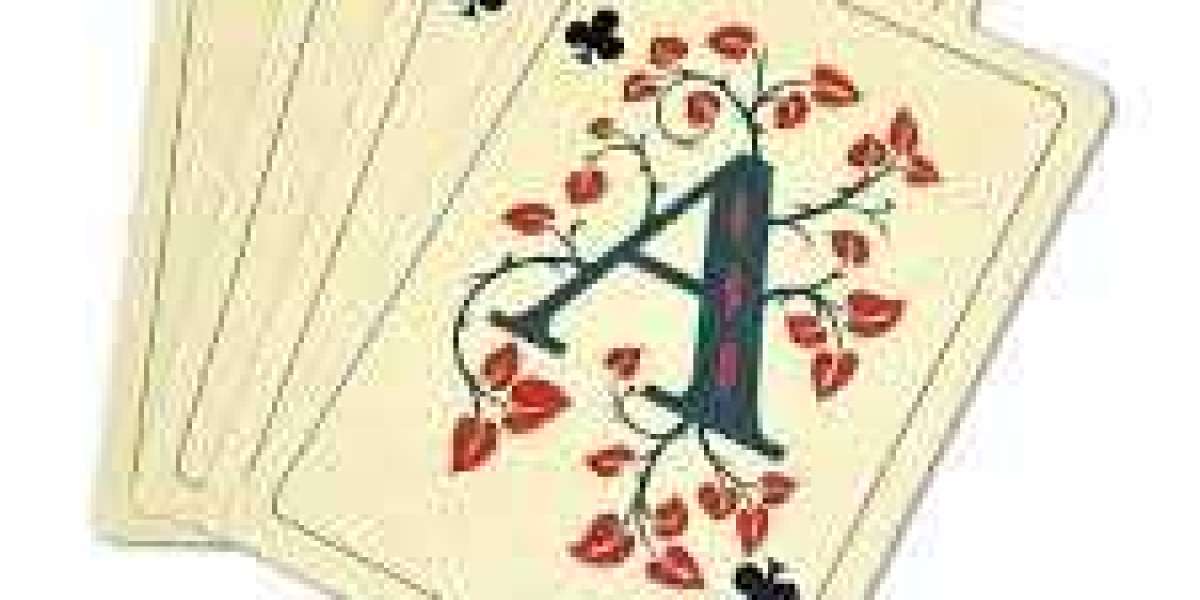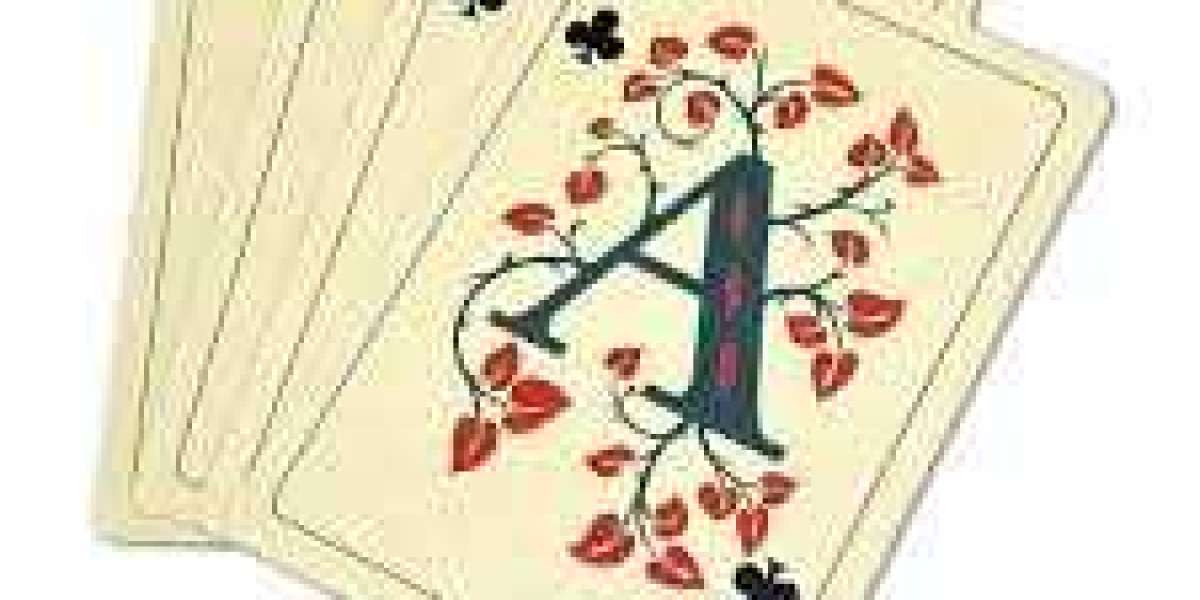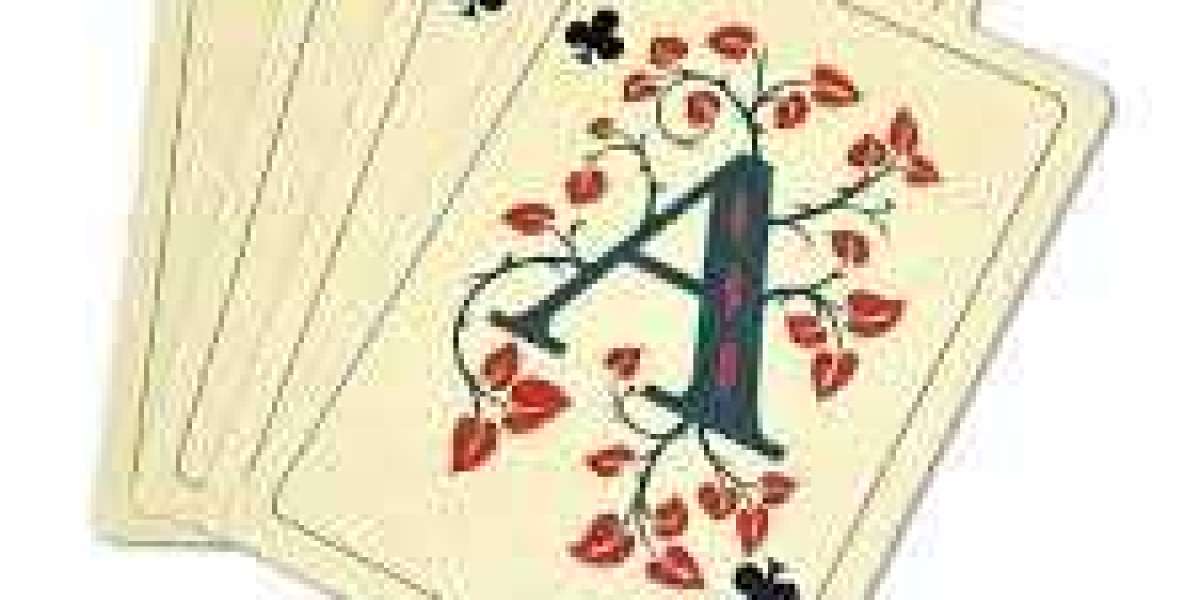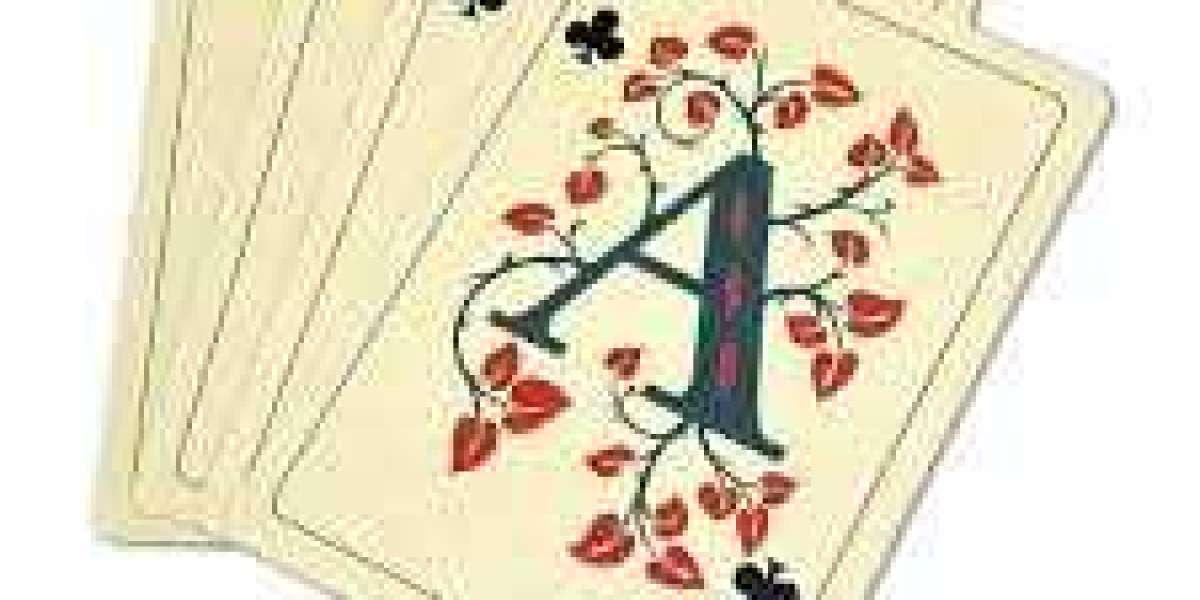Playing cards have been a source of entertainment, strategy, and artistry for centuries. Whether you’re playing poker with friends, performing cardistry, or collecting rare decks, the playing card dimensions matter more than you might think. The dimensions of playing cards are carefully designed for comfort, durability, and usability across different games and applications.
In this guide, we’ll explore the standard playing card dimensions, why measurements vary, and answer the question: what are the dimensions of a standard playing card?
Understanding the Basics of Playing Card Dimensions
The dimensions of a playing card may seem trivial at first glance, but they play a crucial role in gameplay. The playing card measurements affect how easily cards can be shuffled, handled, and spread on a table. A deck that is too small might feel awkward, while a deck that’s too large could be difficult to manage.
Most modern playing cards follow a standardized size that works well for both casual games and professional settings. Still, depending on the game type poker, bridge, or specialty decks the size can vary.
What Are the Standard Playing Card Dimensions?
So, what are the measurements of a playing card? The most common standard playing card dimensions are:
- Poker Size: 2.5 inches × 3.5 inches (63.5 mm × 88.9 mm)
- Bridge Size: 2.25 inches × 3.5 inches (57 mm × 88.9 mm)
Both sizes are widely used worldwide, but poker-sized cards are considered the universal standard. If someone asks, “what are the dimensions of a standard playing card?” the answer is usually 2.5 × 3.5 inches.
Variation in Playing Cards Dimensions
While poker and bridge are the most common, several other playing card size dimensions exist. Here are some variations:
1. Mini Playing Cards
- Size: Around 1.75 × 2.5 inches (44 mm × 63 mm)
- Commonly used for novelty decks, travel sets, or children’s games.
2. Large or Jumbo Playing Cards
- Size: Around 3.5 × 5 inches (88.9 mm × 127 mm) or larger
- Popular for magic shows, teaching, or people with vision difficulties.
3. Tarot Cards
- Size: Around 2.75 × 4.75 inches (70 mm × 121 mm)
- Used for tarot readings and spiritual practices.
4. Custom and Artistic Decks
- Sizes vary depending on the designer.
- Often used in limited edition collector decks or promotional items.
This variation in dimensions of playing cards shows that the industry accommodates not just practicality, but also creativity and accessibility.
Why Standard Playing Card Dimensions Matter
The standard playing card dimensions are not just about tradition they serve important purposes:
- Ease of Shuffling: Cards sized at 2.5 × 3.5 inches are comfortable for most hand sizes, making shuffling easy.
- Gameplay Balance : Proper playing card measurements ensure smooth gameplay without overcrowding the table.
- Cardistry Magic : For magicians and cardists, consistent playing cards dimensions make flourishes and tricks easier.
- Manufacturing Consistency : Card manufacturers rely on standard templates to maintain quality and durability.
In short, without standardization, card games would lack the fluidity and consistency we all enjoy.
The Difference Between Poker and Bridge Size Cards
The two main categories poker and bridge often cause confusion. Let’s break it down:
- Poker Size (2.5 × 3.5 inches)
- Wider cards.
- Favored in casino games, poker, and cardistry.
- Most collectible decks use poker size.
- Bridge Size (2.25 × 3.5 inches)
- Slightly narrower.
- Preferred in bridge and games where players hold many cards at once.
- Easier to fan out and hold in smaller hands.
Both are widely available, but if you buy a standard deck from a store, chances are it’s poker size.
Playing Card Measurements Across the World
Interestingly, different regions sometimes have their own traditions. For example:
- Europe : Bridge-sized decks are more common for classic games.
- United States : Poker-sized cards dominate casinos and home games.
- Asia : Specialty card games may use unique sizes or even thicker card stock.
While the dimensions of a standard playing card are globally recognized, cultural preferences shape which size becomes more popular locally.
Specialty Uses of Different Playing Card Dimensions
The playing card size dimensions also matter depending on usage:
- Magic Tricks : Poker size is ideal, but jumbo cards add dramatic effect.
- Cardistry : Wider cards (poker size) create more visual impact in flourishes.
- Educational Games : Mini cards work well for children.
- Collectibles : Designers often experiment with custom dimensions of playing cards for unique editions.
This adaptability highlights why there isn’t a single “best” size just the right one for the situation.
What Are the Dimensions of a Standard Playing Card? (Quick Reference)
To summarize clearly for quick reference:
- Standard Poker Playing Card Dimensions: 2.5 × 3.5 inches (63.5 mm × 88.9 mm)
- Standard Bridge Playing Card Dimensions: 2.25 × 3.5 inches (57 mm × 88.9 mm)
If someone asks you, “what are the dimensions of a standard playing card?” the safest answer is 2.5 × 3.5 inches.
Playing Card Size Dimensions in the Digital World
With the rise of online casinos, video games, and mobile card apps, even digital designers use standard playing card dimensions as a reference. Screen-based cards are scaled to replicate the feel of physical decks, keeping the experience familiar.
So, whether you’re coding a digital poker game or designing an educational app, knowing the dimensions of a playing card is still essential.
Bizz Crave Insight on Playing Card Dimensions
At Bizz Crave (bizzcrave), design trends and product standards are often analyzed for industries ranging from gaming to education. Playing cards are no exception. The consistency in standard playing card dimensions shows how even small details influence global entertainment markets. By understanding playing card measurements, creators and businesses ensure that decks remain user-friendly, collectible, and practical.
Final Thoughts
The next time you shuffle a deck, remember that the playing card dimensions you’re holding are the result of centuries of refinement. The dimensions of playing cards especially the 2.5 × 3.5-inch poker size are now recognized worldwide as the standard for balance, comfort, and versatility.
Whether you’re a casual gamer, magician, designer, or collector, knowing the playing card size dimensions will help you appreciate the craftsmanship behind every deck.
So, if someone asks, “what are the measurements of a playing card?” you can confidently say: 2.5 × 3.5 inches, the standard playing card dimensions loved worldwide.











